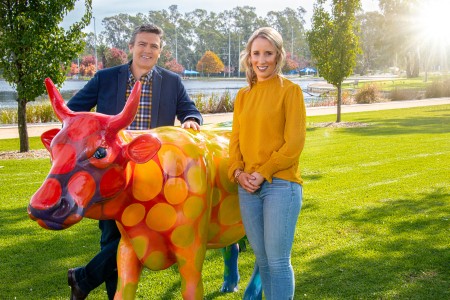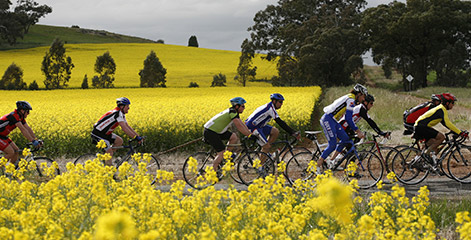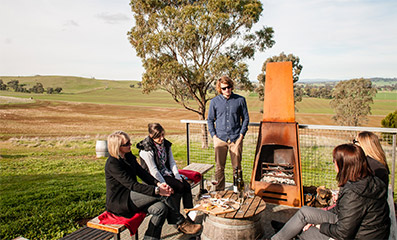Creating a persona involves developing an in-depth personal profile which will help you create an accurate representation of the ‘ideal’ candidate (there maybe more than one).
A persona will help you identify what your organisation must have, what the candidate will be looking for, what the candidate will be wanting from you as the employer and where they look for work.
Here is a list of some demographic, geographic, psychographic, and behavioural information and career questions to consider when developing a persona:
Demographics
- Average age/ current life stage
- Current location
- Income
Qualifications
- Education
- Years of professional experience /career stage
- Skills
- Positions held
Career Goals
- Career goals
- Professional development
Personality, interests, life aspirations
- Values
- Motivation
- Interests
- Looking for these wins …
- Frustrated by …
Communication channels
- Website, social media and other digital channels
- Events /forums
- Industry group and peak bodies
- Influencers
TIP: Please use the template below to assist you with developing a persona
| Name: ________________ Position: _______________ | ||
 |
Career Goals: Personally, interests, life aspirations |
Industry Groups and Peak Bodies that X is associated with.
|
|
Communication Channels – How you can reach x?
|
||
|
Demographics: Qualifications: |
||
| Bio (Story): | ||
|
People that influence X are …
|
||
Dr Cosgrave’s doctoral research study investigating factors that impacted the turnover intention of rural-based public sector allied health and nursing professionals (discussed in module 1) found that the pull and push factors influencing attraction and retention differed depending on an individual’s life stage and career stage.
TIP: As a general rural of thumb, it is easier to attract professionals in early adulthood (early to mid 20s) who are in early career beginner(0>3yrs) or intermediate (3>5 years) compared to those in middle adulthood (late 20s to mid 50s) and who are experienced (5>10 years) or highly experienced (10 years+).
Conversely you are more likely to retain staff who are experienced and in middle adulthood than those in early career and early adulthood.
Attraction and retention challenges differ because of different characteristics, interest, and concerns at different life stages. The differences are summarised in the following:
| Life stages: | Early adulthood | Middle Adulthood | Mature Adulthood |
| Age Bracket (Approx) |
|
|
|
| Characteristics |
|
|
|
| Interests/concerns |
|
|
|









